Nanoparticles destroy virtually all bacteria and viruses
Germs are everywhere. Think Covid, think superbugs, salmonella, norovirus, and the common cold.
Now imagine you could embed something into paint, fabrics, plastics and other materials that can kill up to 99.999 per cent of bacteria and viruses. And it never wears out. And it is affordable.
Nanosono, a startup based in Yokneam, central Israel, says its doing exactly that. It has developed nanoparticles – less than a millionth of a millimeter – made of zinc oxide and copper oxide.
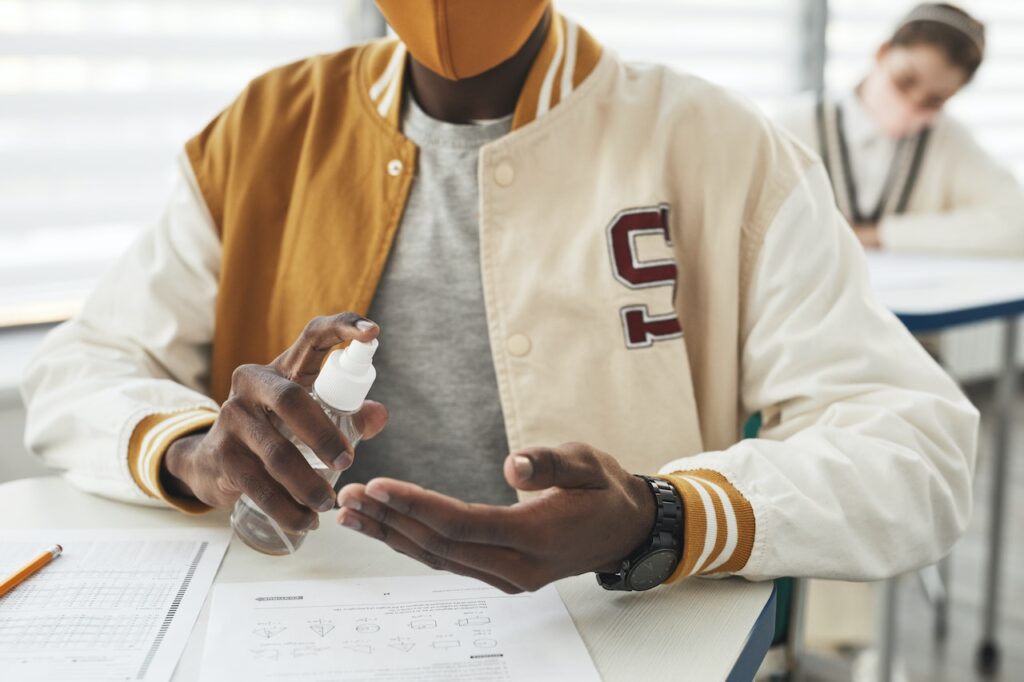
The opportunities are endless. The nanoparticle, known as Quactiv, was originally designed as a powdered additive for fabric and then to paint, to reduce the number of hospital deaths from from infection-related diseases.
“You need one kilogram of Quactiv in two tonnes of paint to get the antimicrobial action,” says Ori Bar Chaim, the company’s CEO. That’s a concentration of just 0.0005 per cent. It’s cost-effective, non-toxic and environmentally friendly, he says.
“The additional cost for antimicrobial paint comparing to normal paint is really nothing. We tested a sample of paint after three years and found it was still just as effective”.
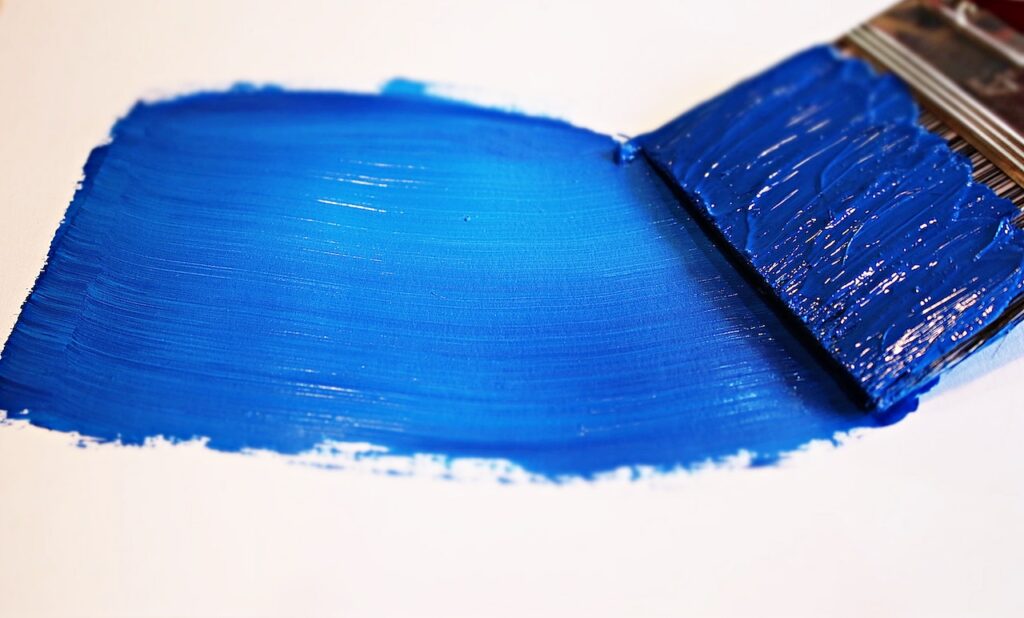
So a hospital, nursing home, school, public building, and anywhere else where hygiene is critical can paint its walls with water-based acrylic antimicrobial paint and it will keep on working indefinitely.
Here’s the science that allows the nanoparticles to operate as an “antimicrobial firewall”.
Two mechanisms of action work together. One is the electrostatic interaction between the positive charge of the nanoparticles and the negative charge of the microbes. The second is the release of specific free radicals (reactive oxygen molecules) that destroy the functionality of the microbes. All that means is that it’s like a magnet that keeps on being magnetic, no matter what.

The company soon realized its patented product had many other potential uses beyond the Q-Paint additive. In a clinical environment it can be embedded in the material used to make bed sheets, surgical drapes, in the uniforms worn by doctors and nurses, in facemasks, bandages, on metal surfaces, on plastic surfaces and beyond.
The Quactiv ingredient has already been embedded into facemasks to block Covid, and is now being developed for bandages and dressings, where it will not only destroy infection, but will also be embedded with painkilling drugs.
“Paint was the first application where we proved not only that the concept works, but that it could be mass-produced,” says Bar Chaim.

The company has gone on to develop many other applications. “With non-woven fabrics, we have embedded our technology into the fiber itself. We don’t coat the fabric, the Quactiv is inside the fibers,” he says.
The fibers destroy all kinds of bacteria – including those responsible for the smell of sweat – which opens up new opportunities for sports clothing embedded with Quactiv.
Sign up for our free weekly newsletter
SubscribeThe nanoparticles could also be embedded into plastic for packaging fruit, vegetables and other foods to destroy bacteria and extend their shelf life.
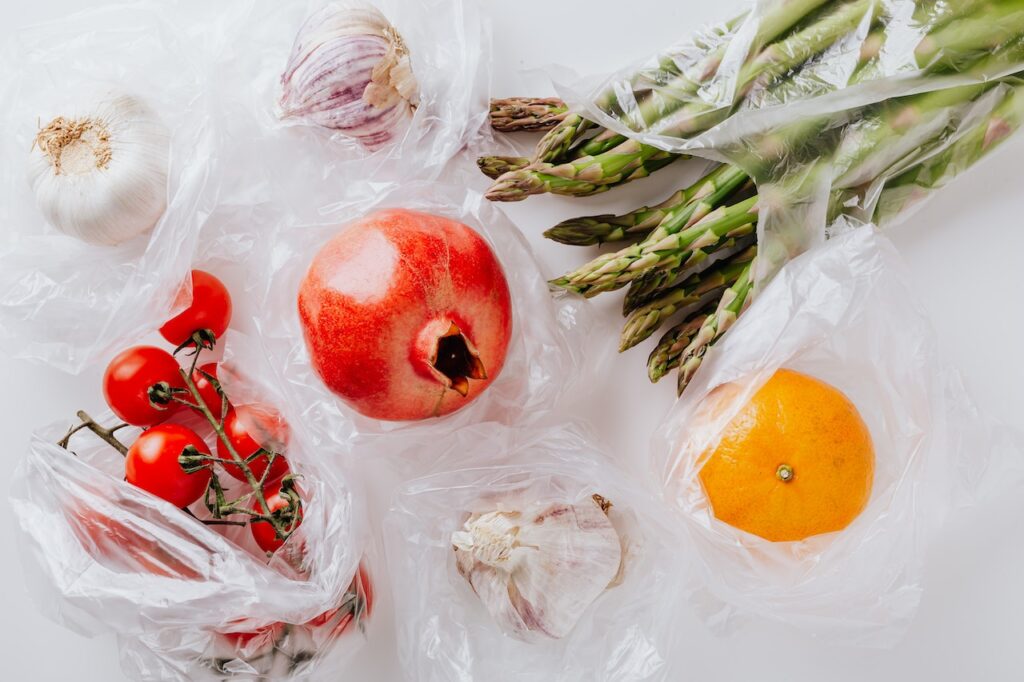
Today he says the company’s main focus is Q-Derma, an antimicrobial ointment for burns, cuts, dry skin, infected wounds, and mycosis (fungal infection). It has many other uses in skincare products, cosmetics and pharmaceutical products.
“One of our partners, an Israeli manufacturer of cosmetics for L’Oreal, Unilever and others, took a sample of our Q-Derma, they tested it on real people, and they found out that our formulation is very effective as an anti-acne, anti-fungal and anti-psoriasis product.”
Nanosono, founded in 2015, is developing antimicrobial solution for existing companies to incorporate into their products.
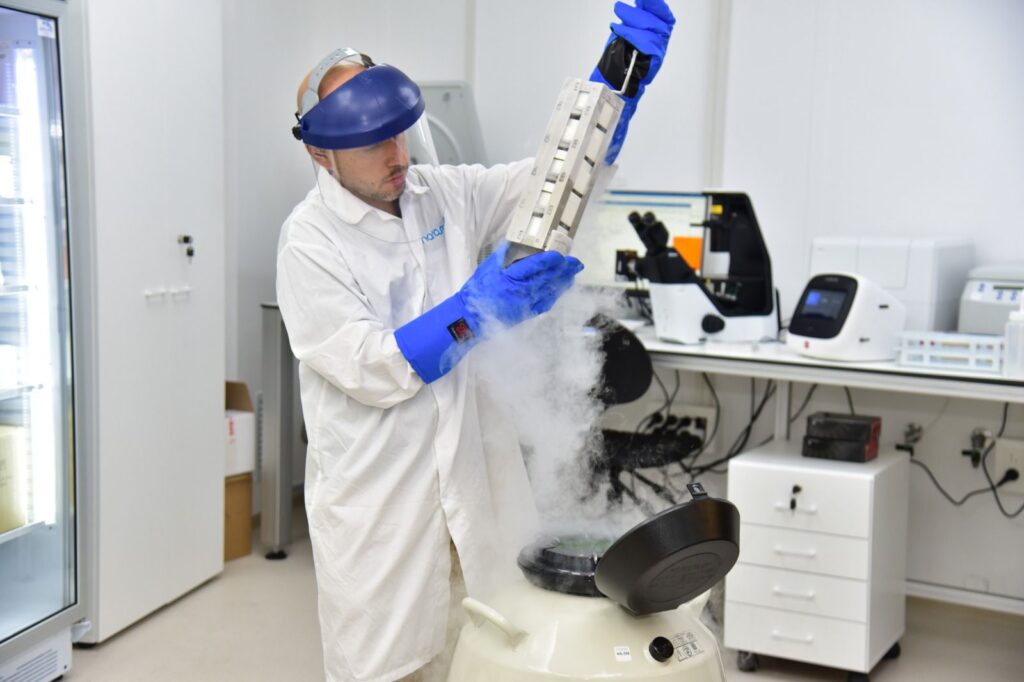
“We are a technological company, meaning that we really want to focus on our labs, on the development of the research and really to be the leader in the world today in terms of finding their antimicrobial solutions,” says Bar Chaim.
There are rival products on the market and under development that can also be readily incorporated into a wide variety of materials. Some are organic, made of quaternary ammonium (commonly used in disinfectants), PHMB (a disinfectant and antiseptic), while others use metals including silver (which is expensive) and copper and zinc, like Nanosono. But alternative solutions cost more, degrade over time, and may contain toxic chemicals, says Bar Chaim.
He says Nanosono is now moving from research and development to the commercial stage.
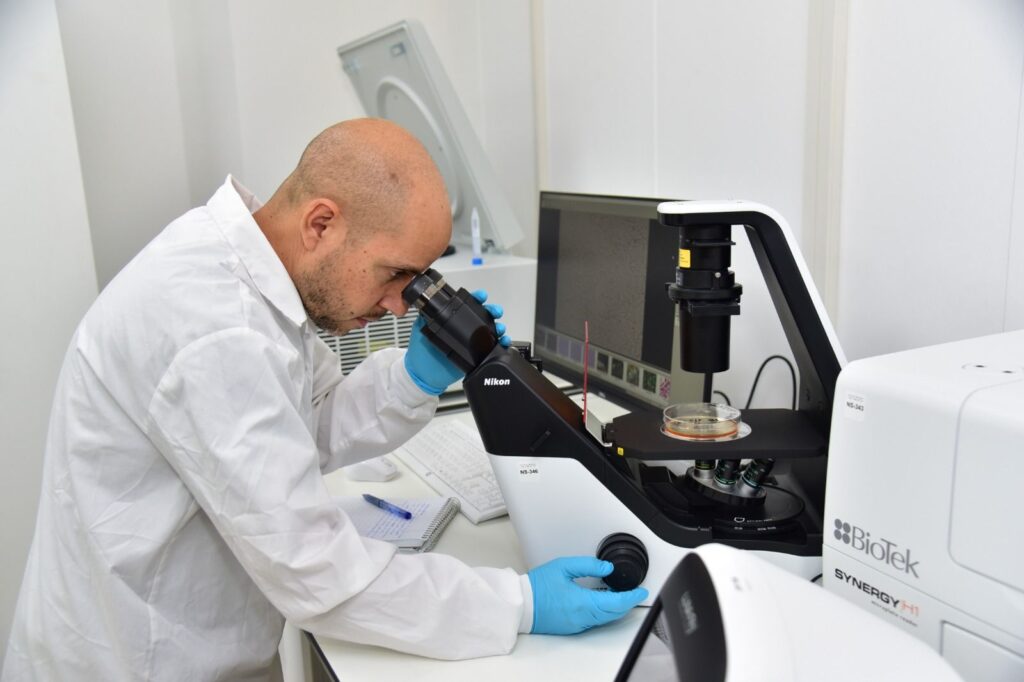
“In the past few months, we signed commercial agreements with the natural partners of Nanosono, with paint companies, with coating companies, with cosmetic companies and with textile companies.”
The company is targeting markets in the US, Europe, China and India, he says.
“We have already signed a commercial agreement with one of the largest paint manufacturers in Israel. They tested many antimicrobial solutions on the market, and together we are now performing a pilot in an Israeli hospital,” says Bar Chaim.
Future plans could include coatings for other materials, such as stone and marble surfaces – and spaceships.

“Just imagine a kitchen with the marble surfaces that are antimicrobial. There is also a big issue for astronauts. Some cannot complete their mission, because of infections.
“They are suffering because the spaceship is actually full of microbes, but if we are able to solve the problems of the space operation, then we have an added value.”
Related posts

Israeli Medical Technologies That Could Change The World

Harnessing Our Own Bodies For Side Effect-Free Weight Loss

Missing Protein Could Unlock Treatment For Aggressive Lung Cancer


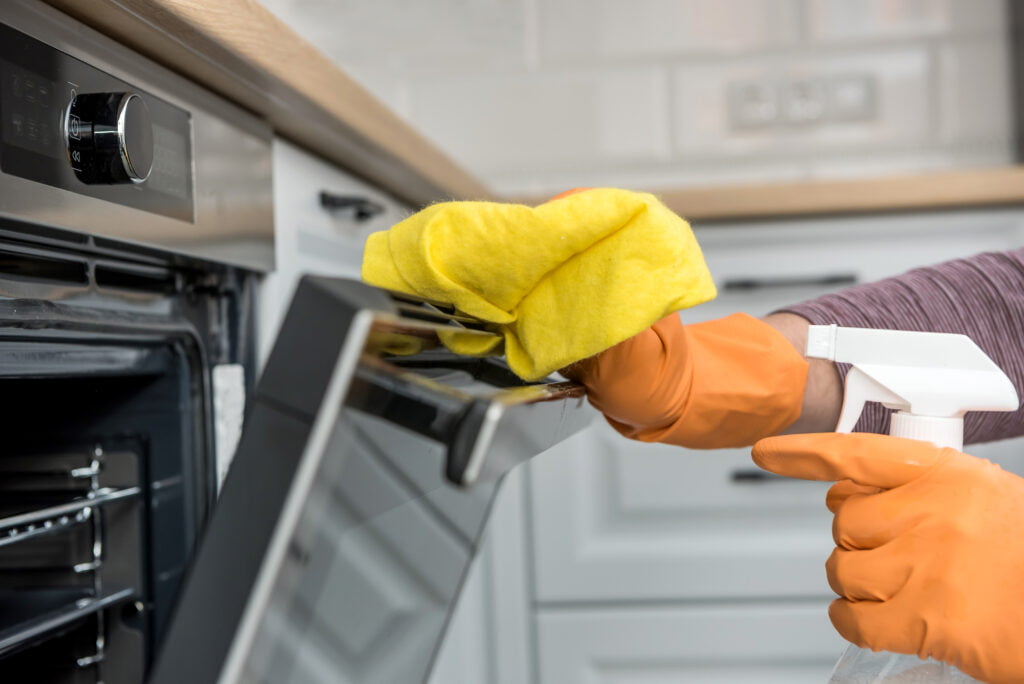

Facebook comments